Getting permanent makeup is a big decision and a great way to invest in yourself. There are a lot of elements that affect the beautiful, long-lasting effects you seek, such as the artist's expertise and the quality of their PMU pigments. But timing is also a key aspect of success. Scheduling your operation at the proper time of year creates the optimal conditions for your skin to heal, and winter is such a special time when you can get the best results.
How Your Skin Heals After Permanent Makeup
To see why winter is the ideal season for this procedure, it helps to know how your skin recovers. The healing process is a delicate sequence that the environment can easily influence. When you provide the right conditions, you set yourself up for flawless results.
The Three Phases of Healing
After a permanent makeup procedure, your skin goes through three main stages.
- First is the inflammatory phase, with some redness and swelling as your body begins its natural repair work.
- Next is the proliferative phase, when new skin cells grow over the area, forming scabs that protect the tissue underneath.
- Finally, the maturation phase begins; this is a longer process where the new skin strengthens and the pigment fully settles into its final color.
How the Environment Affects Healing
Throughout these phases, your skin is open to environmental factors.
- Sun exposure, humidity, and excessive sweat can interfere with healing.
- UV rays can cause the pigment to fade or change color.
- Moisture from sweat can create a place for bacteria to grow, increasing the risk of infection and disrupting how the pigment settles.
Controlling these variables is key to protecting your investment and ensuring your permanent makeup heals correctly.
In summary, the skin's recovery is a multi-stage process that needs a calm, controlled environment to succeed. Minimizing exposure to sun and excess moisture is crucial for proper healing and vibrant, lasting color.
Top Reasons to Get Permanent Makeup in Winter
Choosing to get your procedure done in the colder months is a strategic decision backed by science. The unique conditions of the season create the perfect setting for healing, offering both physical and practical advantages. Reviewing the benefits of doing permanent makeup in winter shows why so many artists recommend this time of year.
Less Sun Exposure Means Better Color
The sun is a major challenge for fresh permanent makeup. Its ultraviolet (UVA and UVB) rays can be damaging to healing skin, leading to post-inflammatory hyperpigmentation (PIH), which can cause dark spots. Winter's weaker sun and shorter days provide a natural shield, greatly lowering the risk of UV damage. This protection helps ensure that the PMU pigments heal true to their original shade, giving you the crisp, vibrant color you want.
A Cleaner Healing Environment
Proper PMU aftercare focuses on keeping the treated area clean and dry, which is much easier when it's cold outside. In winter, you sweat far less, and your skin produces less oil. This reduces the moisture on your skin's surface, preventing infections and allowing the tiny wounds to close without interruption. This clean, dry surface is the ideal foundation for beautiful, long-lasting results.
Biomaser Polish Lip Care for PMU Aftercare
Your Body Can Focus on Healing
Your body has a limited amount of energy, and in the summer, a lot of it is spent on keeping you cool through sweating. In the winter, your body doesn't have to work as hard to regulate its temperature. This allows it to redirect more of its resources toward other tasks, like repairing tissue. This focused healing can lead to a smoother, quicker recovery.
A More Convenient Recovery
The winter lifestyle naturally fits with the recovery process. With fewer invitations to outdoor parties, swimming, or beach days, you can easily avoid activities that could affect your healing. It's also the season for cozy accessories. A stylish hat or a soft scarf can discreetly cover healing brows or lips during the initial scabbing phase, helping you feel more comfortable. By the time spring arrives, your winter permanent makeup will be fully healed and looking its best.
In short, the advantages of winter are clear, providing a low-risk, supportive environment for healing. This season combines scientific benefits for your skin with lifestyle conveniences, making it a great choice for your procedure.
Why Winter is the Best Time of Year for Permanent Makeup
To fully appreciate why winter is the top choice, it helps to see how it compares to other seasons. Each time of year has its own set of conditions that can either help or hurt the healing process. This comparison makes it obvious why cooler weather is your best ally.
| Season | Pros | Cons |
| Winter | Low UV exposure, minimal sweating, lower infection risk, comfortable healing, easy to conceal. | Skin can be drier; requires extra moisturizing of surrounding skin. |
| Summer | N/A | High UV exposure, risk of sunburn, excessive sweating, increased infection risk, frequent water activities. |
| Spring | Mild temperatures, moderate UV exposure. | Allergy season can cause itchy/watery eyes, unpredictable weather. |
| Autumn | Mild temperatures, decreasing UV exposure. | Weather can change quickly, potential for late-season heatwaves. |
In the end, this comparison shows that winter is the best time to heal because it offers the most steady and safe environment for healing. Even while treatments can be done at other seasons with careful planning, winter naturally gets rid of a lot of the major hazards.
How to Prepare for Your Winter Permanent Makeup
Choosing winter for your surgery is a great first step, but preparing the right way can make your results even better. You may get the most out of this perfect healing window by adjusting your approach to the season and picking the correct services. A decent outcome becomes a great one with careful planning and specific care for winter permanent makeup.
Best PMU Services for Winter
While any permanent makeup procedure benefits from a winter appointment, some are especially good for the season.
- Brows (Microblading or Powder Brows): With less oil and sweat, the fine lines of microblading and the soft shading of powder brows heal much crisper and are less likely to blur.
- Lip Blushing: Although the air is drier, the controlled healing environment without sun and sweat is perfect for locking in lip color. Proper moisturizing is key, but the lack of irritants makes a difference.
- Hairline and Scalp Micropigmentation (SMP): Healing a treated scalp is much easier when you're not sweating. Plus, you can comfortably wear a hat for protection right after the procedure.
Preparing Your Skin for the Procedure
An artist's skill, professional permanent makeup machine, and quality permanent makeup supplies are vital, but so is the condition of your skin.
- Intensive Hydration: For one to two weeks before your appointment, focus on deeply moisturizing the area to be treated. Well-hydrated skin accepts pigment more evenly and heals more efficiently.
- Pause Active Skincare: Stop using products with strong ingredients like retinoids, AHAs, or BHAs on the area for at least a week prior. These ingredients can make your skin more sensitive and affect healing.
Pairing the seasonal advantages of winter with smart preparation is the recipe for success. By choosing the right service and getting your skin ready, you create the perfect canvas for your artist.
Biomaser Plenilune U1 Pro Wireless Tattoo & PMU Machine With Adjustable Stroke
How to Care for Your Permanent Makeup in Winter
You still have a part to play in getting stunning results after you leave the salon. Following a strict aftercare practice is very important for protecting your investment. You should change your winter PMU aftercare routine to deal with problems like dry indoor air while making the most of the season's benefits.
The First 48 Hours
The first two days are the most critical for healing. Your main goals are to keep the area clean, dry, and protected. Your artist will tell you to gently blot the area with a clean cotton pad and apply a thin layer of ointment. Water, steam, and cosmetics should not touch the treated region.
The Scabbing and Peeling Phase (Up to 2 Weeks)
As your skin heals, a thin scab will form and eventually flake off. This is a normal part of the process.
- Do Not Pick: It is absolutely essential that you do not pick, peel, or scratch the scabs. Let them fall off on their own. Picking them too early can pull out the pigment and lead to patchy results or scarring.
- Balance Moisture: Keep the treated area itself dry (aside from the ointment). The surrounding skin, however, can get tight from dry indoor heating. Use a gentle, fragrance-free moisturizer on the skin around the procedure area, but not on it.
- Avoid Certain Activities: Stay away from saunas, hot tubs, steam rooms, and intense workouts that cause sweating. These activities introduce moisture and bacteria that can lead to infection and poor results.
Long-Term Care
Once the scabs have completely fallen off, your permanent makeup will continue to settle over the next few weeks.
- Sunscreen is a Must: Even in winter, UVA rays can fade your pigment. Once the area is fully healed, apply a broad-spectrum SPF 30 or higher every day.
- Maintain a Gentle Routine: Continue to avoid harsh skincare products like retinoids and acids directly on your permanent makeup, as they can speed up fading.
Beautiful permanent makeup requires consistent and thorough upkeep. Protecting healed skin from moisture, irritation, and the sun, you ensure your results stay vibrant.
Book Your Winter Appointment Today
Plan your permanent makeup appointment today to offer your skin the gift of radiant, long-lasting beauty. You can wake up with flawlessly defined features and be ready to embrace spring with confidence and a flawless look that feels easy.
FAQs About Winter Permanent Makeup
Q1: In the winter, my skin is quite dry, and I sometimes get eczema. Is it still a good moment for me?
Yes, winter can still work if you have dry skin or eczema, but you need to get ready. Moisturize the region well for a few weeks before your appointment. Check that all of your eczema flare-ups have totally healed. It's also a good idea to go to a dermatologist first for personalized advice.
Q2: How does indoor heating affect my healing?
Indoor heating dries out the air and your skin. This might make the skin around your permanent makeup feel tight and irritated, which makes you want to scratch. Use a humidifier to put moisture back into the air to avoid this. You can also put a light moisturizer on the skin around the area that was treated, but not on it directly.
Q3: I'm going to go skiing. How long before should I get my procedure?
You should get your permanent makeup done at least four to six weeks before you go skiing. This provides your skin enough time to repair. At high altitudes, the sun and wind are very strong and can hurt healing skin. Make sure to wear goggles and use a sunscreen with a high SPF when it has healed.
Q4: What are the top 3 winter aftercare mistakes to avoid?
Picking at scabs, putting too much ointment on the treated area, and neglecting to wear sunscreen are the three most typical mistakes. Picking at scabs can make your skin lose color and leave scars. Putting on too much ointment might stop the skin from healing properly. Finally, thinking that winter sun isn't a concern is a mistake. UVA rays still can fade pigment, so it's important to wear SPF every day on healed skin.
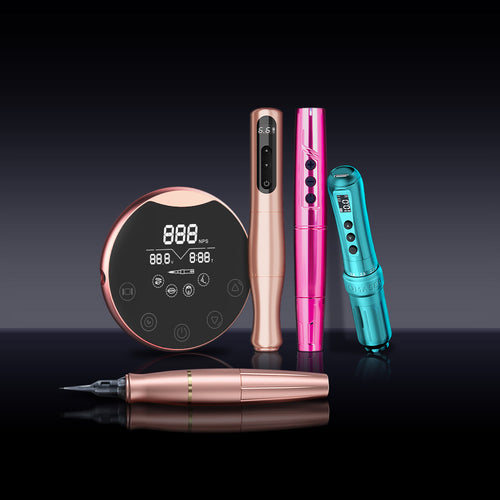
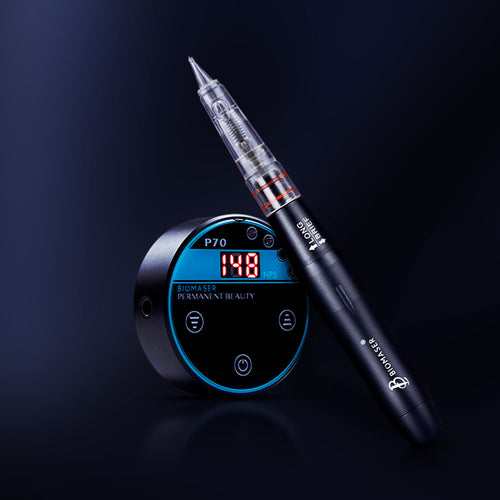
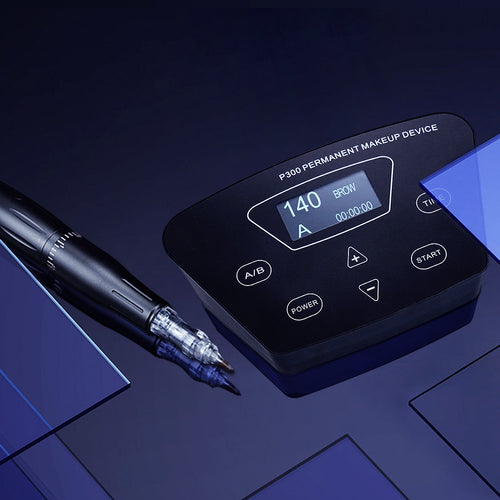
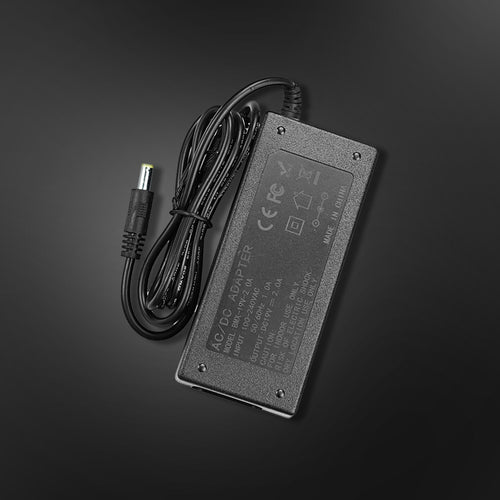
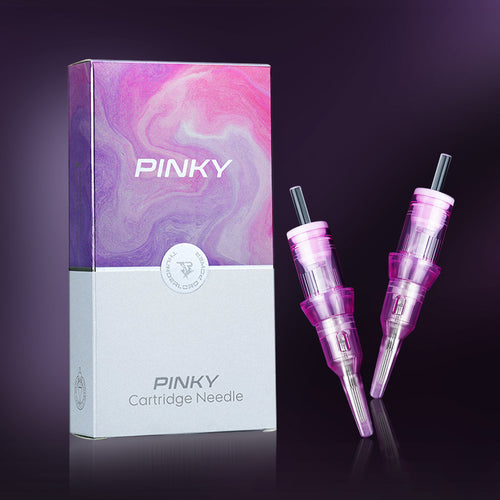
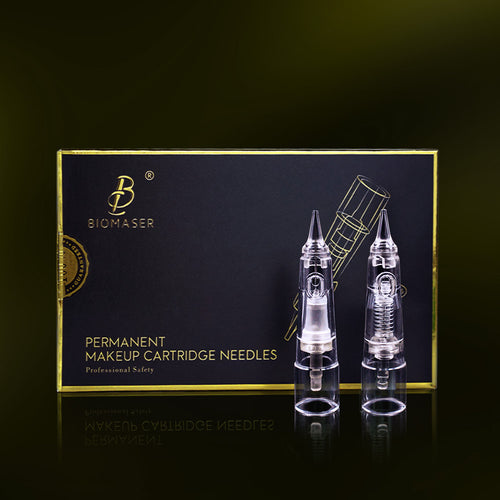
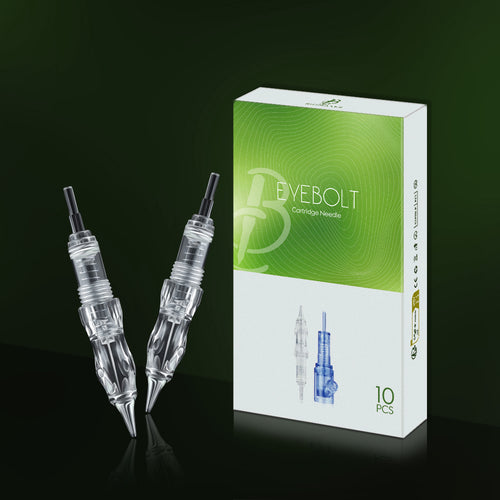

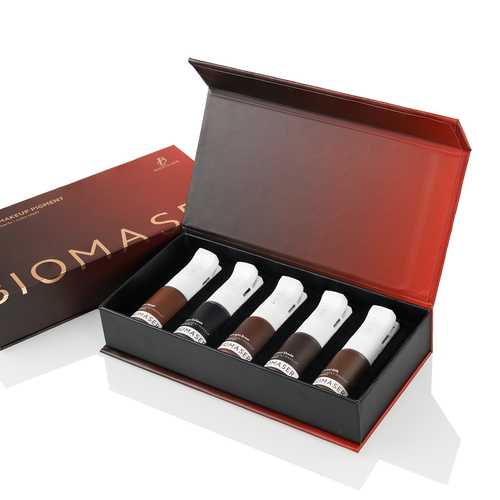
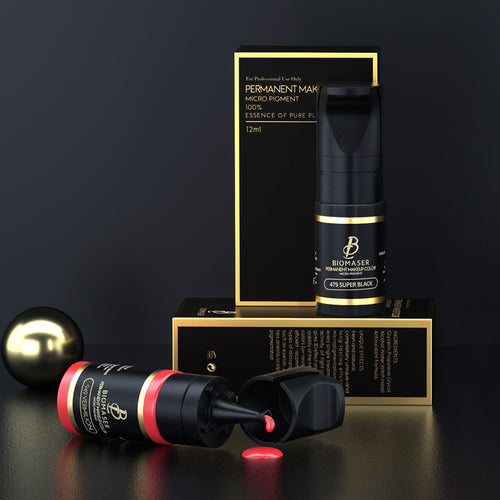

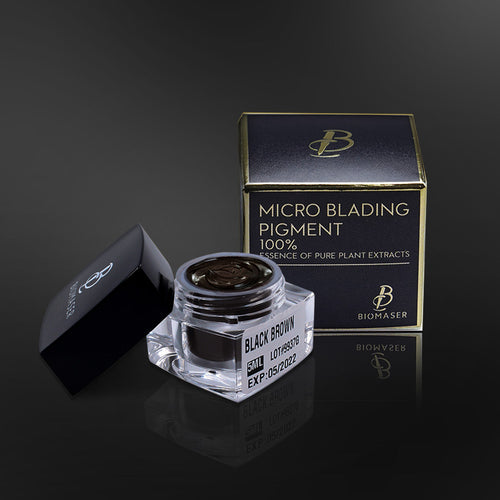
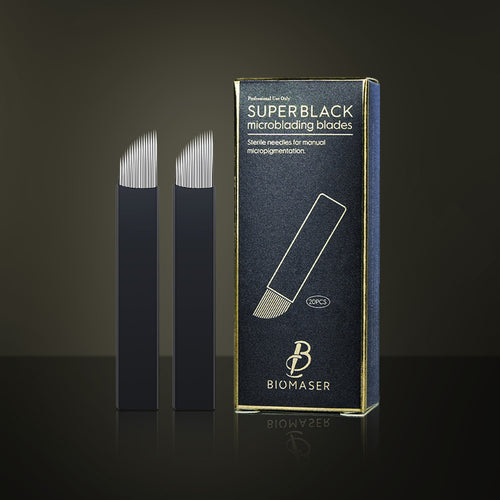
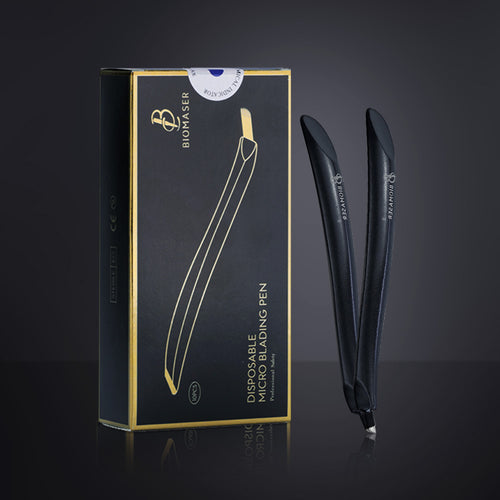
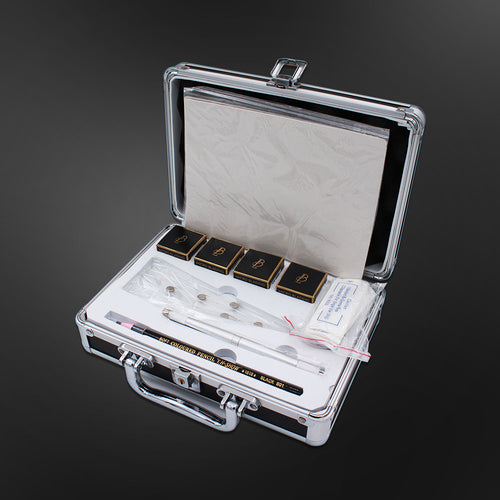
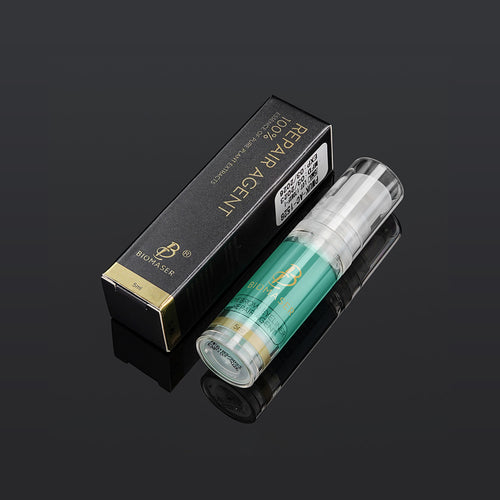
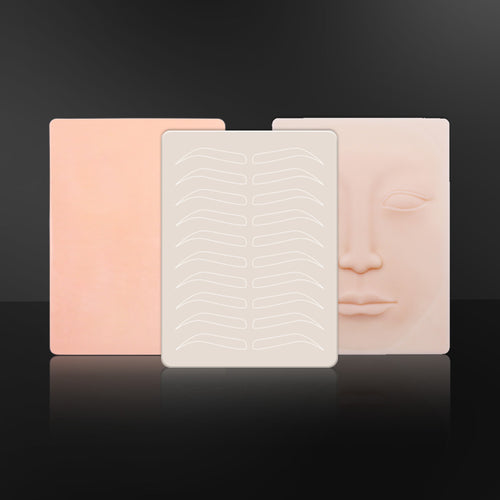
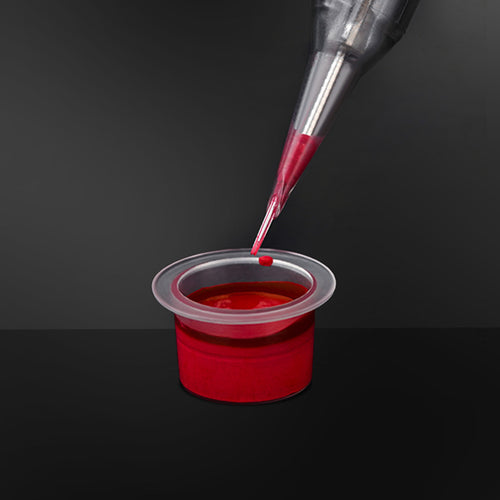
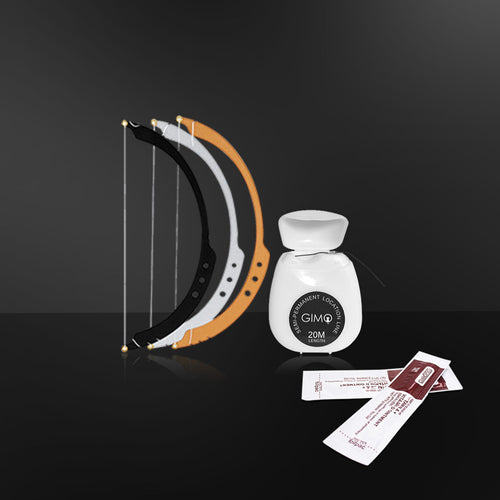
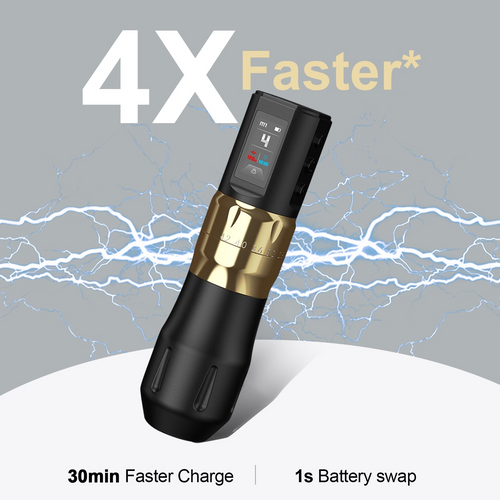
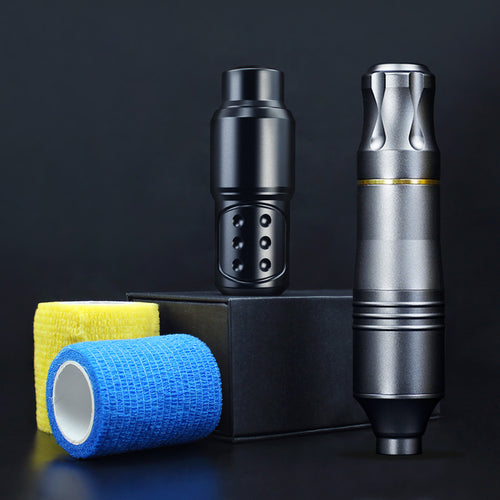
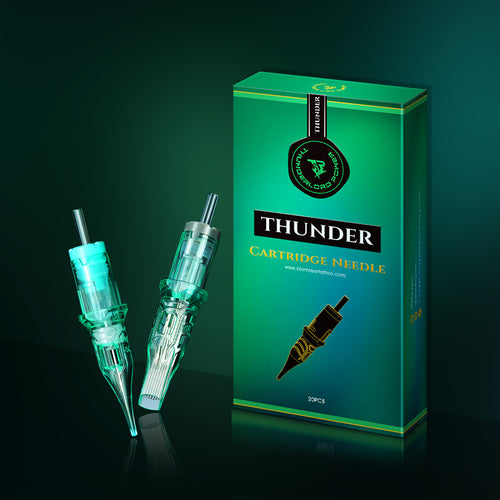
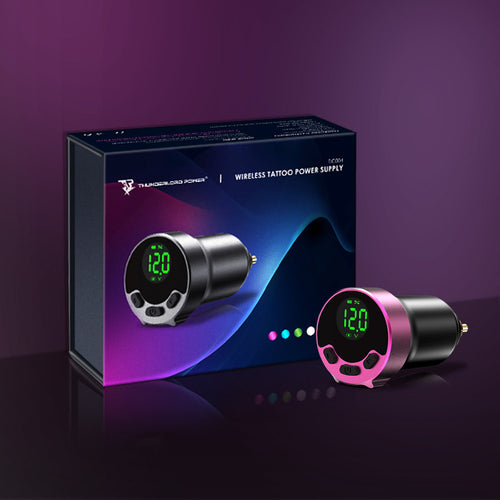
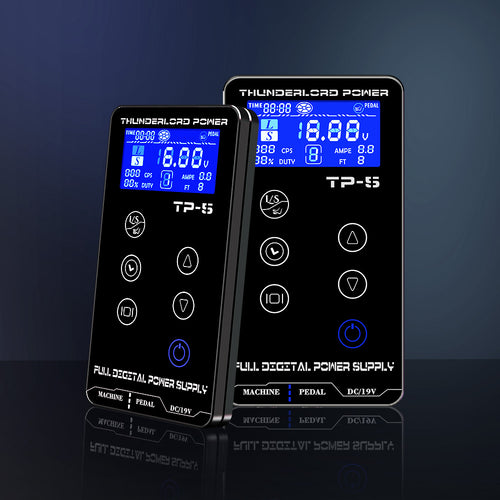
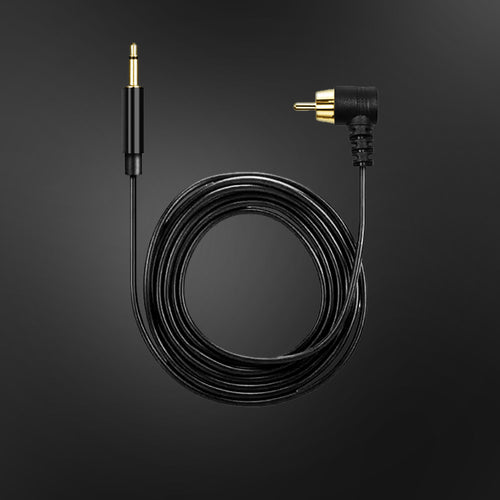
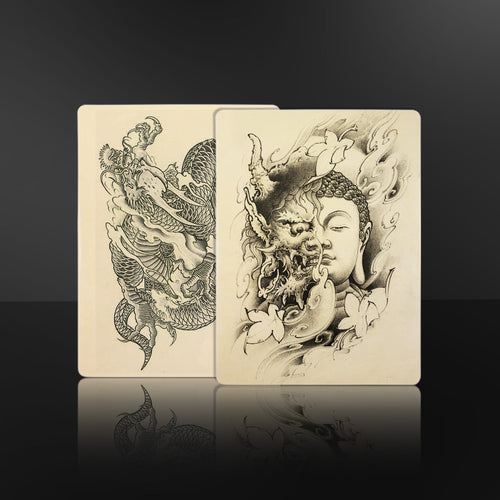

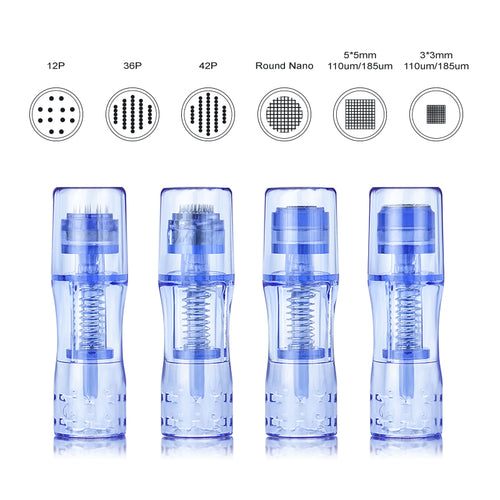

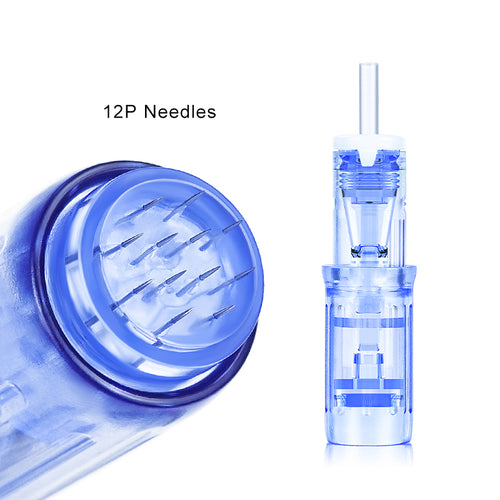
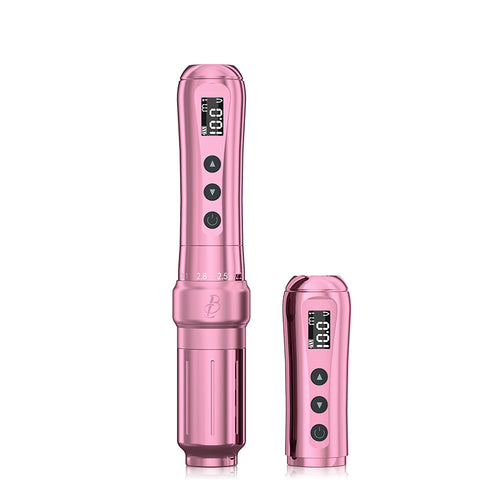
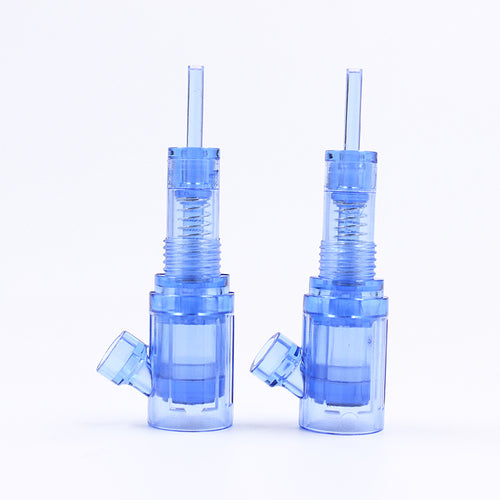
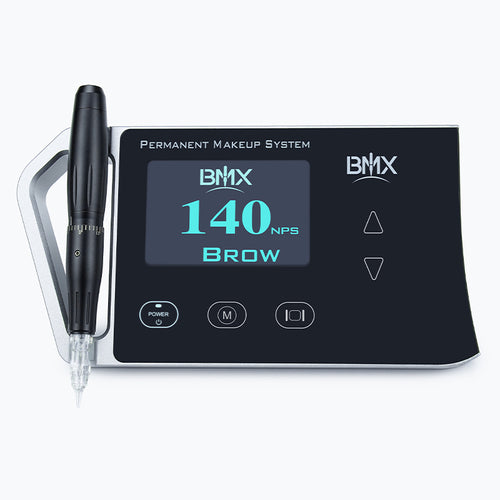


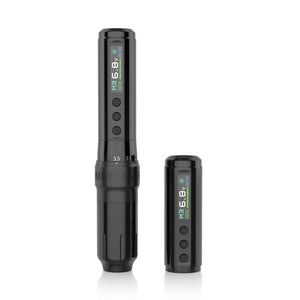
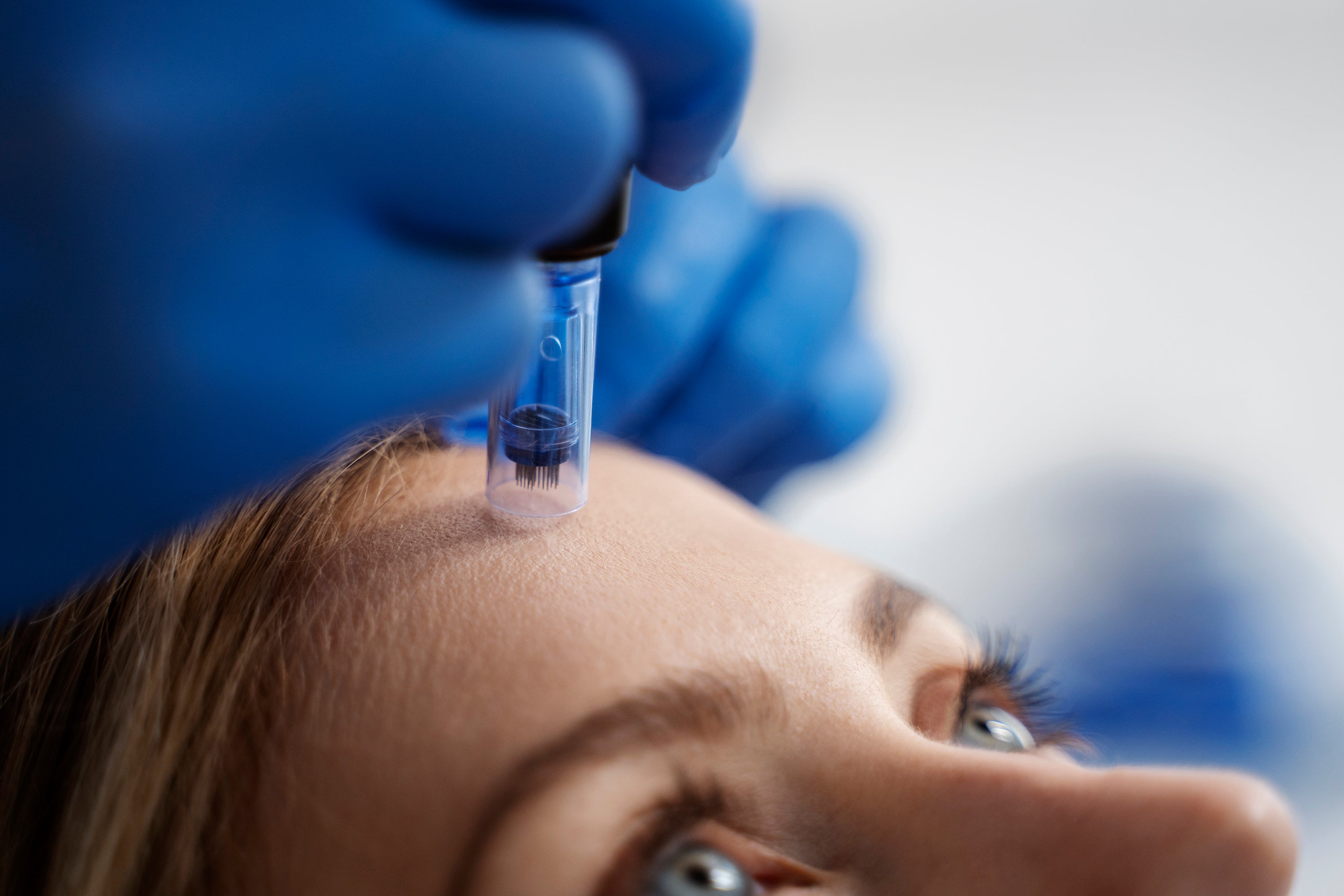
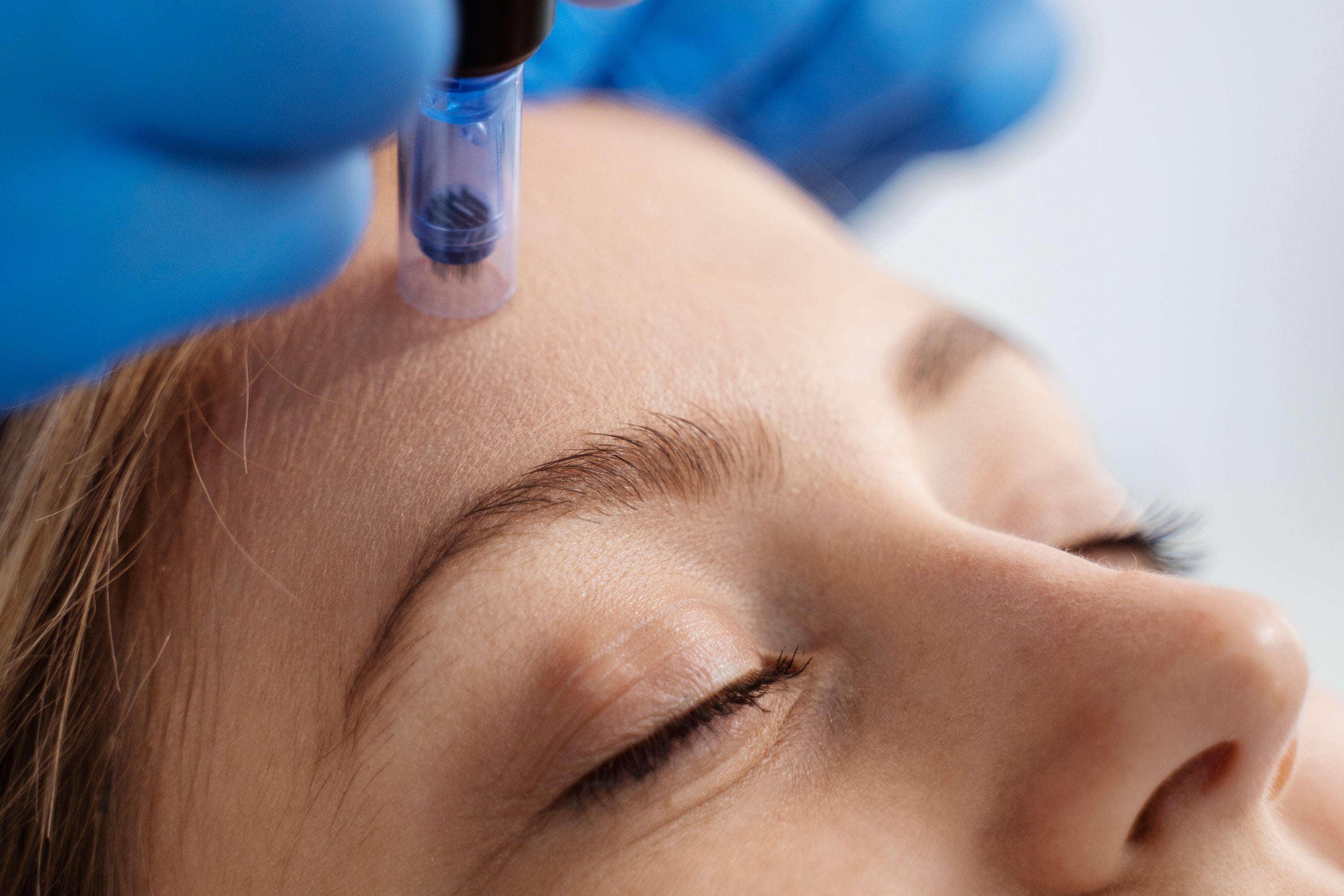
Leave a comment
This site is protected by hCaptcha and the hCaptcha Privacy Policy and Terms of Service apply.